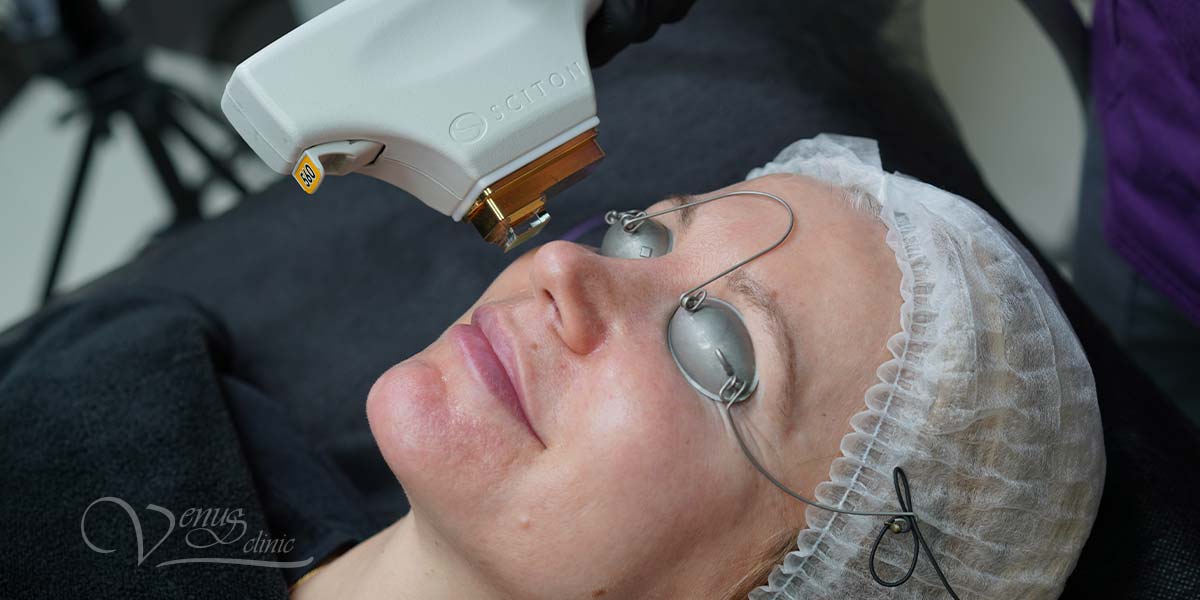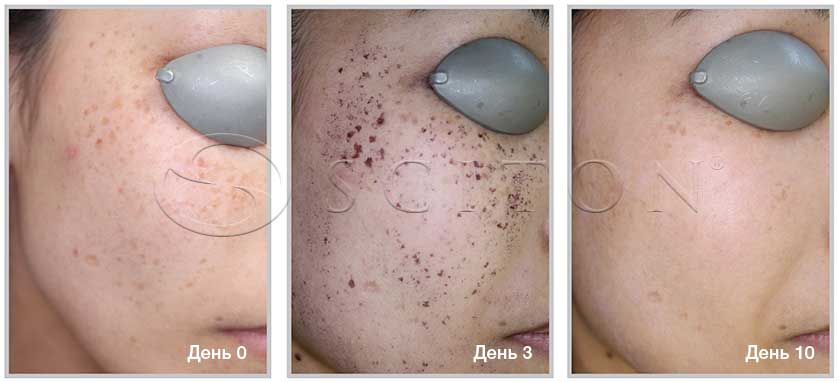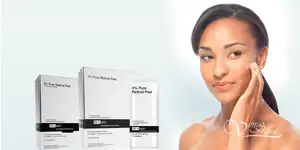
Photorejuvenation as the procedure of choice for pigmentation
Pigmentation is one of the most common reasons for visiting aesthetic medicine clinics.
What determines skin color?
Human skin color determines the content of the main pigments. Melanin is a brown pigment synthesized by melanocytes in the basal layer of the epidermis.
Carotene is a yellow pigment that can accumulate in keratinocytes to varying degrees, depending on the characteristics of the diet.
Hemoglobin is a red pigment found in blood vessels.
Melanin is the main skin pigment
Of all the above-mentioned pigments, melanin is the determining one. The color of the skin of people of different races depends on its variety and quantity. The more pigment the skin contains, the darker its shade.
The process of melanin pigment synthesis is quite complex and multi-stage, its correct work can be influenced by both internal factors: imbalance in the work of the endocrine, nervous systems, disruption of the gastrointestinal tract, and external ones. In particular, excessive sun exposure is the main external factor that provokes pigmentation.
Pigmentation Trigger Factors
Photoaging is a process caused by excessive exposure to ultraviolet radiation on our skin. It is photoaging, and not chrono aging (natural skin aging), to a greater extent (by 80%) is responsible for age-related skin changes. Sunburn is nothing more than a protective reaction of our body to the effects of harmful solar radiation, with the help of the pigment melanin, which is contained in cells and regulates skin tone.
Excessive amount of ultraviolet radiation disrupts the mechanism of pigment production. Under the influence of ultraviolet rays, skin cells are damaged and, as a protective reaction, pigment spots are formed. Ultraviolet light can be both an independent cause and a trigger factor for prolonged inflammation of the skin, for example, with acne or skin injury, then the so-called post-inflammatory hyperpigmentation develops. With hormonal disorders or changes in the body and taking contraceptives, hormone-dependent forms of pigmentation may develop: melasma, chloasma.
Pigmentation Diagnostics

Pigmentation can have different depths. Distinguish between superficial forms of pigmentation, deep and mixed forms. Skin diagnostics will allow you to determine the depth of pigmentation and draw up a treatment plan.
Hyperpigmentation Treatment
Dyschromia or hyperpigmentation is one of the most common reasons for seeking the help of a dermatologist at the Venus Clinic. There are many treatment options for pigmentation, including peels, treatments, ablative laser techniques, injections, cosmeceutical products, and of course photorejuvenation. Pigmentation treatment is always complex. The combination of laser methods with cosmeceuticals and the use of systemic drugs allows you to achieve fast and lasting results.
Photorejuvenation is the treatment of choice for pigmentation
Of laser procedures, photorejuvenation is in the first place - one of the most effective and demanded methods of combating the signs of photoaging, including pigmentation. If the treatment with peels and creams will take at least 30 days to see results, then photorejuvenation with pigmentation allows you to see the first results quickly, within 10-14 days.
We use BBL photorejuvenation from Sciton, US - a unique patented technology with clinically proven efficacy. Our patients like this procedure most of all, since the results are noticeable the next day, and rehabilitation is minimal.

An even tone, smooth, beautiful and radiant skin is real thanks to photorejuvenation at Venus Clinic! We are waiting for you for a consultation.
Read in detail - Removing age spots.






